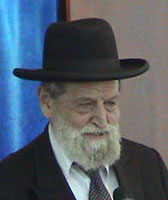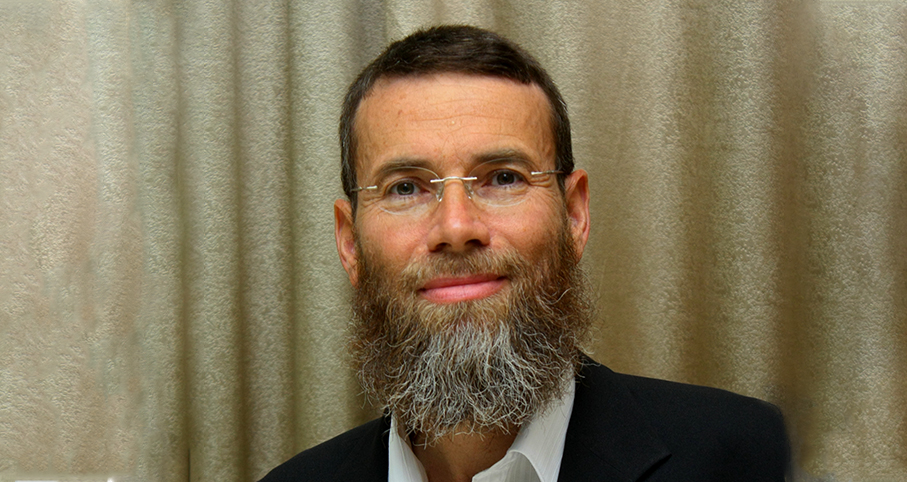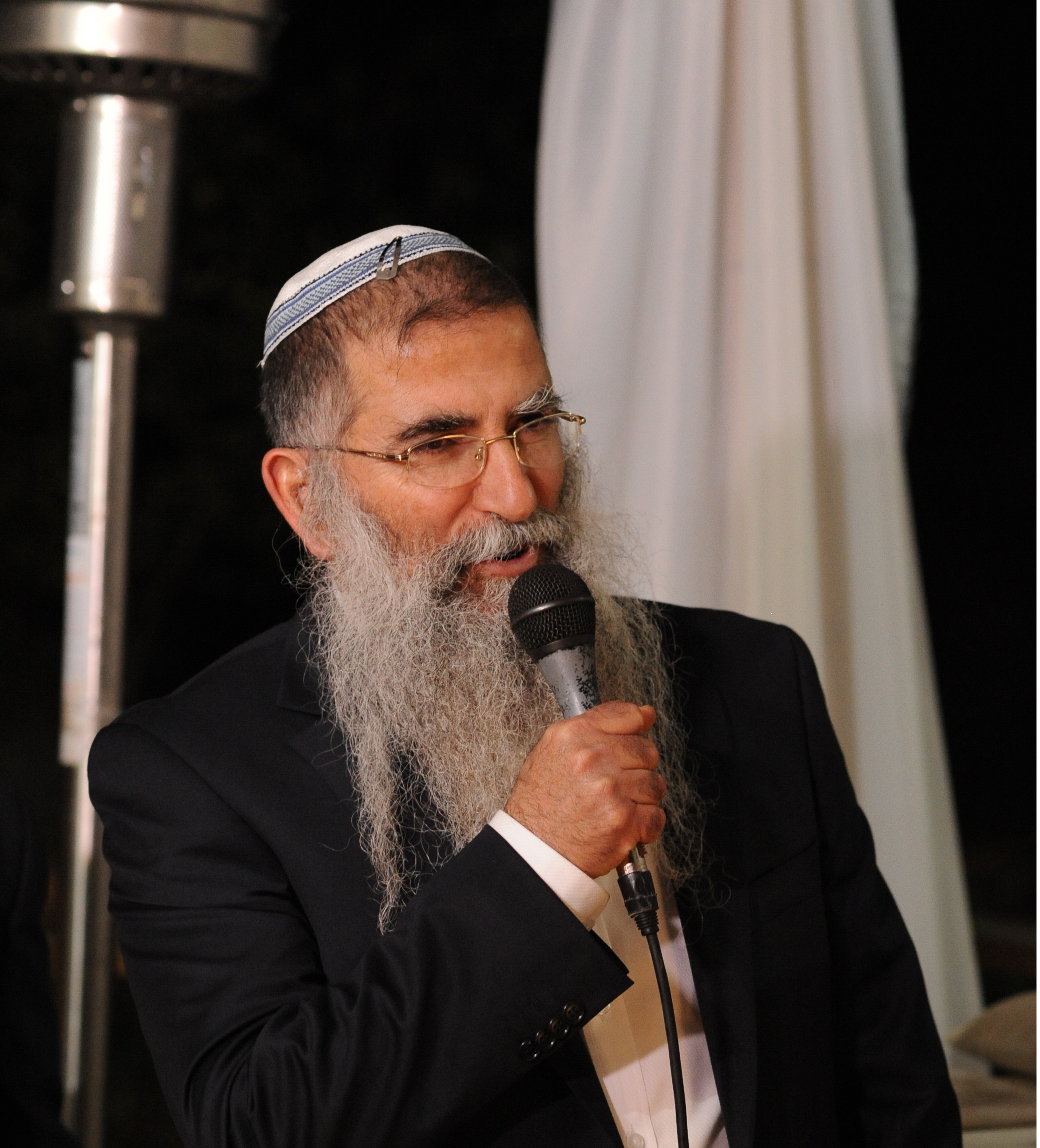Beit Midrash
- Shabbat and Holidays
- Laws of Hanukkah
- Peninei Halkha - Hanukkah
- Sections
- Peninei Halakha
It is customary to light the candles between Minĥa and Ma’ariv, because that is when the largest number of people is in the synagogue and the miracle will be publicized most effectively. After Ma’ariv, however, people are in a rush to get home and light.
In synagogues where they pray Ma’ariv late – significantly later than tzeit – they should light the candles before Ma’ariv.
Most congregations pray Minĥa on Friday afternoon shortly before shki’a, making it impossible to light Ĥanuka candles after Minĥa, because that is when one must accept Shabbat. Therefore, people in such communities should light before Minĥa. Congregations that pray Minĥa a long time before shki’a, however, should light the candles after Minĥa and make sure to finish lighting at least five minutes before shki’a, so that they can accept Shabbat before shki’a and fulfill the mitzva to extend the sanctity of Shabbat into the mundane week (MB 671:47). On Motza’ei Shabbat, we light the candles in the synagogue after Ma’ariv, because before then Shabbat has not yet ended.
Since the reason for lighting candles in the synagogue is to publicize the miracle, at least ten people must be present at the time of lighting. What should one do if ten people have yet to assemble, and it is not possible to delay the lighting – on Friday, for example, when there is a concern that the congregation will not manage to finish praying Minĥa on time? Some say that they may recite the berakhot and light the candles even though fewer than ten people will hear the berakhot, because ten people will certainly gather together afterward and see the candles (MA, MB 671:47, BHL ad loc.). Others maintain that they should light without a berakha (Mor U-ketzi’a, Kaf Ha-ĥayim 671:72). 17
^ 16.The main explanation the Rishonim provide for the custom to light in the synagogue is that it serves to publicize the miracle; see Me’iri (Shabbat 23b), Manhig, Kol Bo, and many others. Rivash §111 writes that when people began lighting indoors, they introduced the custom of lighting in the synagogue, in order to publicize the miracle. Manhig gives an additional reason: Since the miracle occurred in the Temple, the Sages wanted to publicize it in the synagogue, which is considered a miniature version of the Temple. According to these explanations, one does not fulfill his obligation through this lighting. Orĥot Ĥayim, however, explains that the custom is also to enable those who do not know how to perform the mitzva, or are not diligent about it, to fulfill their obligation. Some say that the purpose of this custom is to enable guests who are away from their homes to fulfill the mitzva. According to these explanations, it would seem that one can fulfill his obligation, under pressing circumstances, through the lighting in the synagogue. Rashi, Rambam, and Mordechai – cited above in n. 6 – maintain that if one fulfilled his obligation through the lighting performed in his home by someone else, in his absence, he has not fulfilled his obligation to thank God. According to this opinion, one may fulfill his obligation to give thanks by hearing the berakha of She-asa Nisim in the synagogue.
Nevertheless, the halakha is that one who lights in the synagogue does not fulfill his obligation, because each person is obligated to light in his home. When one lights for one’s wife and children after having recited the berakhot in the synagogue, it is clear that he must recite all of the berakhot again at home. However, if the person who lights in the synagogue lives alone, he should recite only two berakhot on the first night, because some maintain that the berakha of She-heĥeyanu pertains to the day itself (see Beit Yosef 676:3, SHT ad loc. 3), and he has already fulfilled his obligation with the berakha that he recited in the synagogue. Thus state MB 671:45 and Kaf Ha-ĥayim 671:74. (Yeĥaveh Da’at 2:77 states that such a person should also refrain from repeating the berakha of She-asa Nisim. By contrast, Igrot Moshe, OĤ 1:190, states that he should repeat She-heĥeyanu as well.) Therefore, it is preferable, le-khatĥila, for one who is free of all these uncertain elements to light the candles in the synagogue, like one whose custom is to let his father light for him at home.
^ 17.Responsa Rav Pe’alim, OĤ 2:62 states that if there are ten people present with the inclusion of women in the women’s section, one may recite the berakhot even according to those who require the presence of ten. Torat Ha-mo’adim 7:8 cites opinions that allow children to be included in the count as well, adding that it is preferable in such a case to ask a child to recite the berakhot.

























